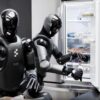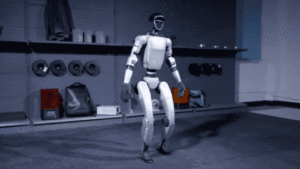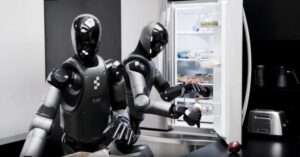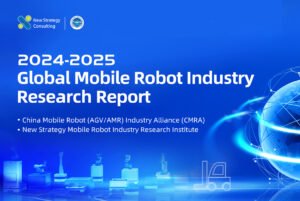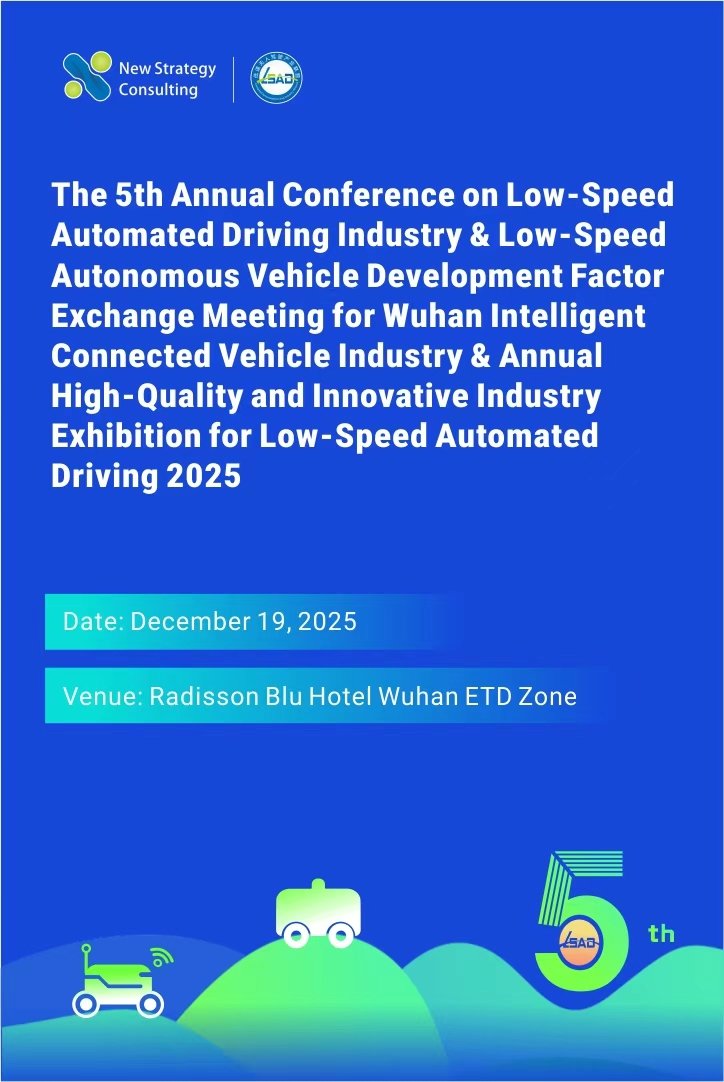In 2025, the groundbreaking emergence of DeepSeek showcased the formidable strength of Chinese technology to the world. With exceptional natural language processing capabilities and robust cross-domain application prowess, DeepSeek has become a pivotal force driving intelligent transformation across industries.
Suddenly, leading AI companies—particularly robotics enterprises—have rushed to integrate DeepSeek, aiming to secure an edge in the new wave of technological competition. **According to incomplete statistics from New Strategy Mobile Robot Media, over 20 robotics industry chain companies have announced their adoption of DeepSeek, validating its applicability in robotics.
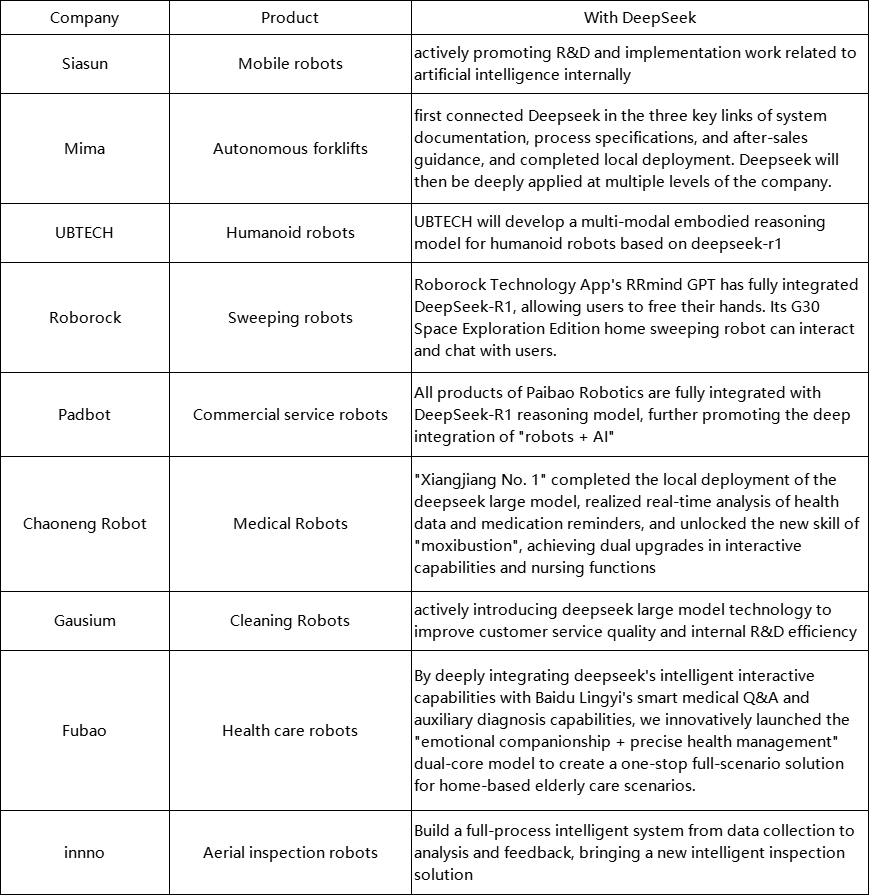
Partial List of Robotics Companies Integrating DeepSeek (Incomplete Statistics by New Strategy Mobile Robot Media)
Overall, DeepSeek’s current applications in robotics exhibit a “bidirectional reconstruction of technical architecture and application scenarios,” spanning components to systems, individual units to groups, and functional assistance to deep scenario reconfiguration. For instance, at the technical level, technologies like multimodal interaction, swarm intelligence, and lightweight deployment are breaking functional boundaries for robots. At the scenario level, leveraging large-scale model technology, optimization is shifting from single-point functions to end-to-end intelligence, covering education, industrial, healthcare, and other fields. Ecologically, through open-source strategies and edge-cloud collaboration, DeepSeek fosters a synergistic innovation ecosystem of “models-hardware-scenarios.”
Notably,most companies currently adopting DeepSeek are humanoid robot firms and commercial service robot providers.This is because humanoid and service robots operate in complex environments intertwined with human social activities. DeepSeek excels in multimodal domains like NLP, image recognition, and voice interaction, while its deep reinforcement learning framework (e.g., RL training) equips robots with human-like reasoning to handle dynamic decision-making in intricate scenarios. Simply put, DeepSeek’s strengths in multimodal interaction and reasoning align perfectly with the core demands of humanoid and service robots.
Regarding adoption depth, most robotics companies currently focus on single-point technical optimizations or isolated applications, while some remain at the “functional layering” stage, lacking full industrial chain integration.Moving forward, as DeepSeek advances in multimodal reasoning, swarm intelligence, and lightweight deployment, its integration with robotics will permeate entire supply chains—from R&D to production and services, from single domains to cross-industry collaboration, and from “partial intelligence” to “comprehensive intelligence”—accelerating vertical and horizontal industrial convergence.
In conclusion, for the robotics industry—whether AGV/AMR, humanoid, or commercial service robots—adopting DeepSeek represents a resonance of technological adaptation, cost optimization, policy incentives, and market demand. As the DeepSeek ecosystem matures, it may propel the industry from “functional implementation” to “intelligent evolution,” unlocking unprecedented innovative applications.

